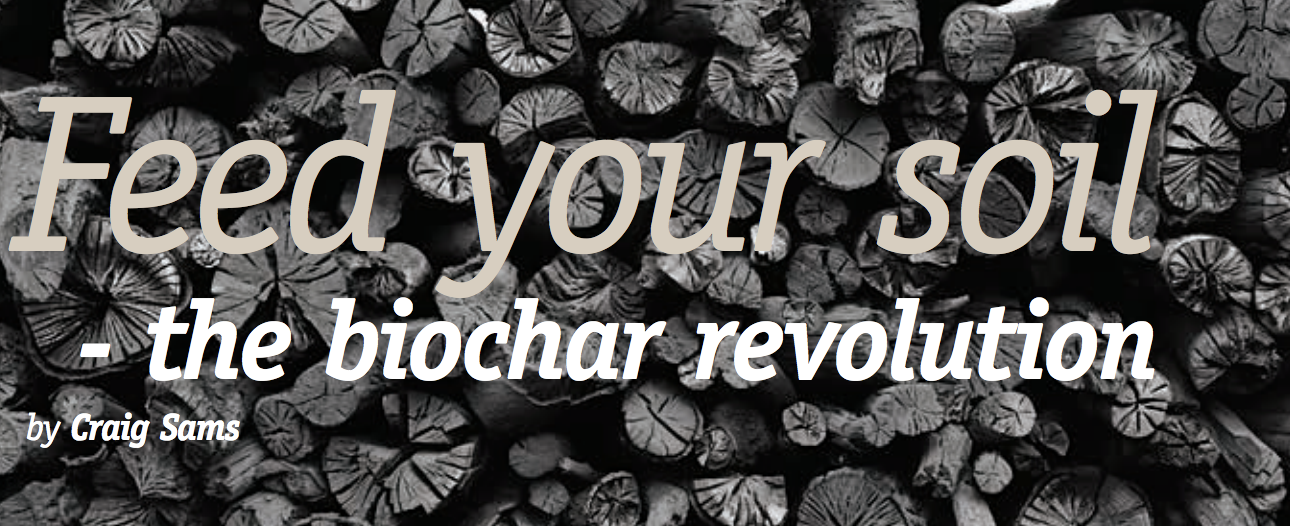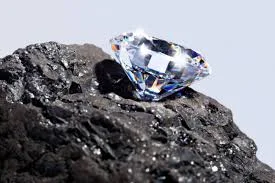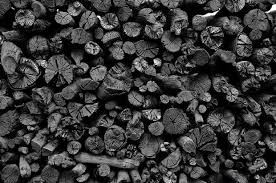I am the co-founder of Carbon Gold Ltd, a biochar company in Bristol, England. Biochar is plant matter, wood mostly, roasted until it’s black and crumbly. It’s not burnt to ash but is a form of charcoal that has some of the same characteristics as humus, plus one very important other function: When it’s buried in the soil, it stores carbon so it doesn’t enter the air as carbon dioxide and contribute to global warming.
Whilst running Green & Black's, I traveled to Belize along with John Moussouris, a mathematician and Silicon Valley inventor. He wanted to know more about biochar. We took two Mayan cacao farmers to Cornell to learn how to make and use it. Cacao trees typically take 6 or 7 years to produce pods, but grown in soil amended with biochar, they produced pods in 4 years.
My interest in organics led me to ultimately become chairman of the Soil Association (the British organic agriculture organisation). That introduced me to the Rodale Institute’s 30-year studyof the carbon cycle in organic farming and the discovery that organic farming is essentially carbon-neutral or carbon-reductive. When you price in the cost of carbon emissions, organic food is cheaper for people to buy than conventional.
If you add 18 to 20 tons of compost per hectare (2.2 acres) of land, only 1 ton of the carbon in the compost stays in the soil. As the compost decays into humus, the rest goes off into the atmosphere as carbon dioxide. With biochar, 10 to 20 percent of the carbon goes off as carbon dioxide after a decade or so but the rest is sequestered in the soil for hundreds if not thousands of years.
Not only that, but nitrous oxide is a greenhouse gas 300 times more powerful than carbon dioxide. It’s emitted by nitrogenous fertilizers, including the anhydrous ammonia that’s widely used in conventional farming. If biochar is in the soil, it reduces nitrous oxide emissions by up to 50 percent, due to the proliferation of soil biota that sequesters it. So farmers can halve their nitrate use and get the same results.
When the plant material is roasted, all the cells and tubes for sap are retained. These provide refuge for beneficial soil microorganisms, protecting them from “grazers” like nematodes and mites that feed on them. The grazers can’t get into the caves and channels, so the fungi in particular survive. Each piece of biochar is like an apartment complex for microorganisms, and like humus, its surfaces stick to plant nutrients so they aren’t washed away by rain or irrigation.
Humans release about 9 billion metric tonnes of carbon into the atmosphere each year. Biochar can help reduce that figure. Putting a realistic price on carbon will help. Australia started a program in 2012 to reward farmers who sequester carbon. Farmers get $23 per ton of carbon sequestered. One ton of biochar sequesters three tons of carbon, so the farmer gets $69 for adding each ton of biochar to the soil. Then the farmer gets another payment per ton of biochar added because of the stimulation of soil biota and the consequent reduction of emissions of nitrous oxide. Were there a free market in carbon that valued it at its real cost, we’d all be using biochar. So much agricultural and forest production is burned or left to rot—converting it to biochar keeps it out of the atmosphere. Biochar could sustainably contribute 1 billion metric tonnes a year reduction in atmospheric carbon dioxide.
Our company, Carbon Gold, know that it can often be most convenient to make biochar where the biomass is, to minimise the biomass’s travel distance. We have created a cheap and effective mobile biochar maker we call the SuperChar 100, which is a portable roaster for farm residues and wood waste. Gases driven off the waste during the roasting are recycled and burned within the roaster, so after initial ignition, it pretty much drives itself. We also make a unit that’s 10 times larger, for bigger applications. It will make a 1-tonne batch of biochar a day.
We created GroChar, which is biochar activated with mycorrhizal fungi, other beneficial fungi such as trichoderma and actinomycetes, the we add seaweed. We make coir-based compost with biochar that is an effective replacement for peat. We also make an organic 5-5-5 fertilizer with biochar. This mix is then pelletized. By putting the microorganisms and nutrients right with the biochar, you can use less. And since it’s black, biochar in the soil speeds warming in the spring.
Biochar is the bridge back to organic farming that reverses the destruction brought about on the earth by conventional farming. We have to recarbonise our soil; biochar can help us speed up this process. If we don’t do it, the vital layer of fertility that supports life on earth will be irretrievably lost.
Organic farming stops the deterioration of the world's soils but we are still losing 30 football fields of good farmland every minute because of destructive farming practices. We need to regenerate what we have degraded and biochar is a valuable tool to accelerate that process
Star and Furrow, the magazine of the Biodynamic Association, published this article
























